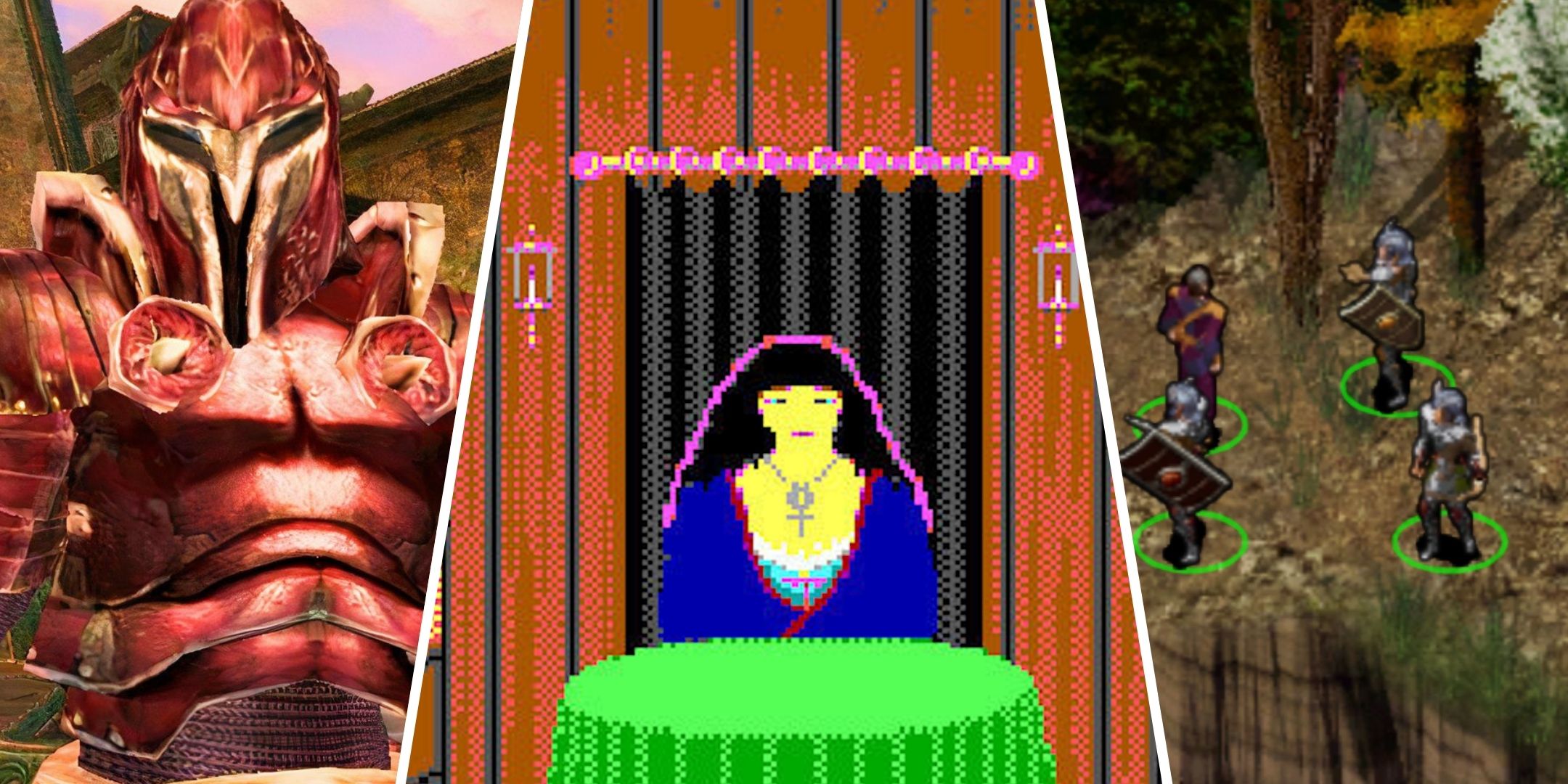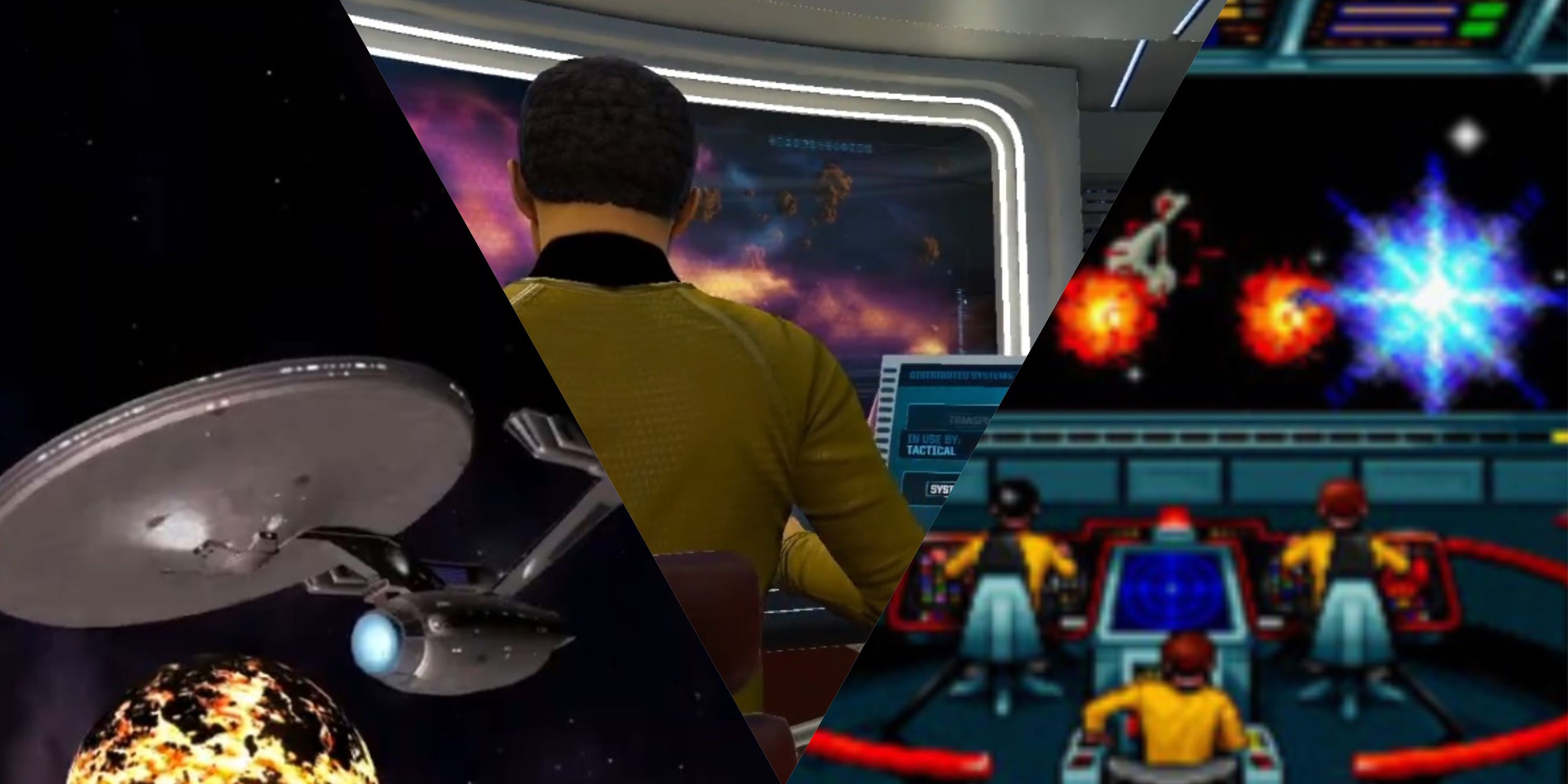Regarded as one of the pillars of the video‑game industry, the RPG genre stands out for the depth of its narratives, engaging progression systems, and the freedom to shape characters, elements that attract millions of players worldwide. From 8‑bit classics to modern open‑world epics, the category has evolved steadily, driving technical and creative innovations that influence nearly every other genre.
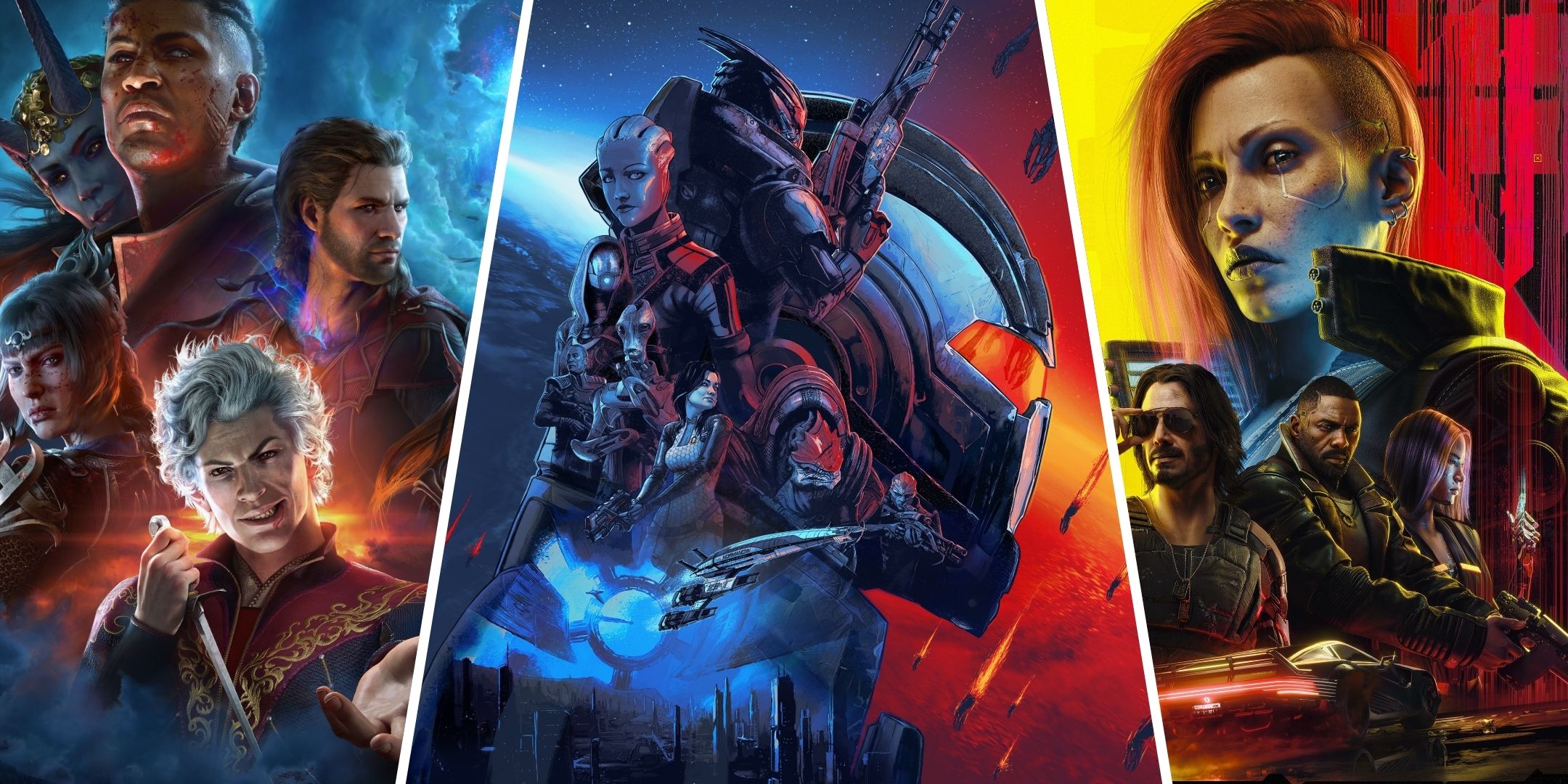
Related
10 Best RPGs To Escape Reality, Ranked
Need a break from everyday life? These RPGs offer rich stories, emotional journeys, and the freedom to disappear for hours.
However, the genre did not debut with all its pillars fully defined, and several releases were needed before they reached the current standard. Thus, the most influential in history are titles whose mechanics or concepts were adopted by other developers, affecting later releases and popularizing many elements now common within the genre.
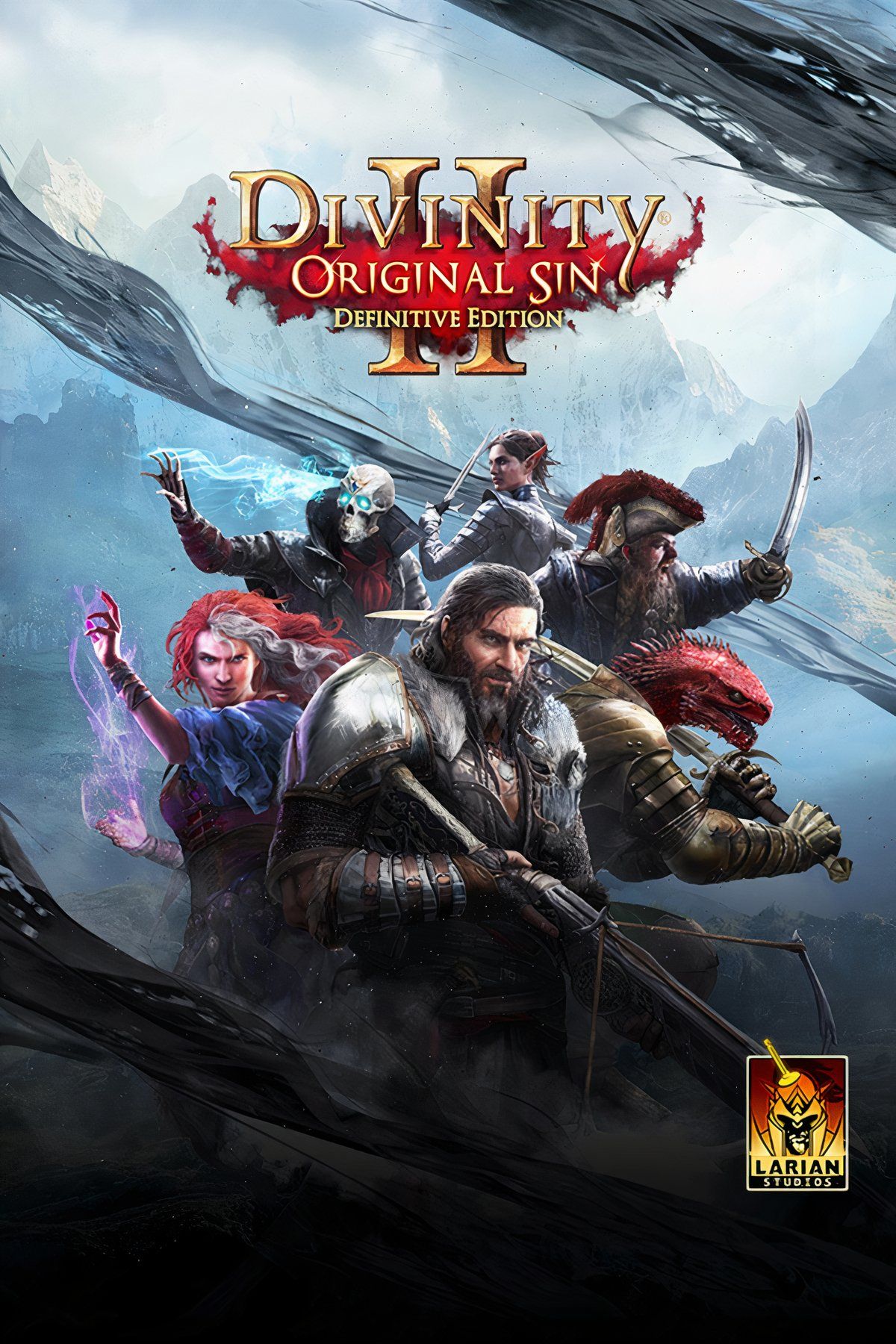
Divinity: Original Sin 2
- September 14, 2017
- M for Mature: Blood and Gore, Language, Sexual Themes, Violence
Released in 2017 by Larian Studios, proved how enjoyable a game becomes when it grants full player freedom in both combat and decision‑making, dialogue, and exploration. Its reactive world changed with every meaningful choice, encouraging experimentation and emergent problem‑solving, and securing a respected place in a market dominated by real‑time action titles that rarely prioritize strategic depth.
The game’s influence expanded further when when Larian Studios was chosen to develop Baldur’s Gate 3, which significantly raised expectations for the long-awaited sequel, later hailed as one of the greatest RPGs ever made. Many concepts tested in Original Sin 2 were refined and adapted to the Dungeons & Dragons ruleset, demonstrating how iterative design can evolve into a benchmark for the genre and inspiring studios to value systemic depth over linear spectacle.
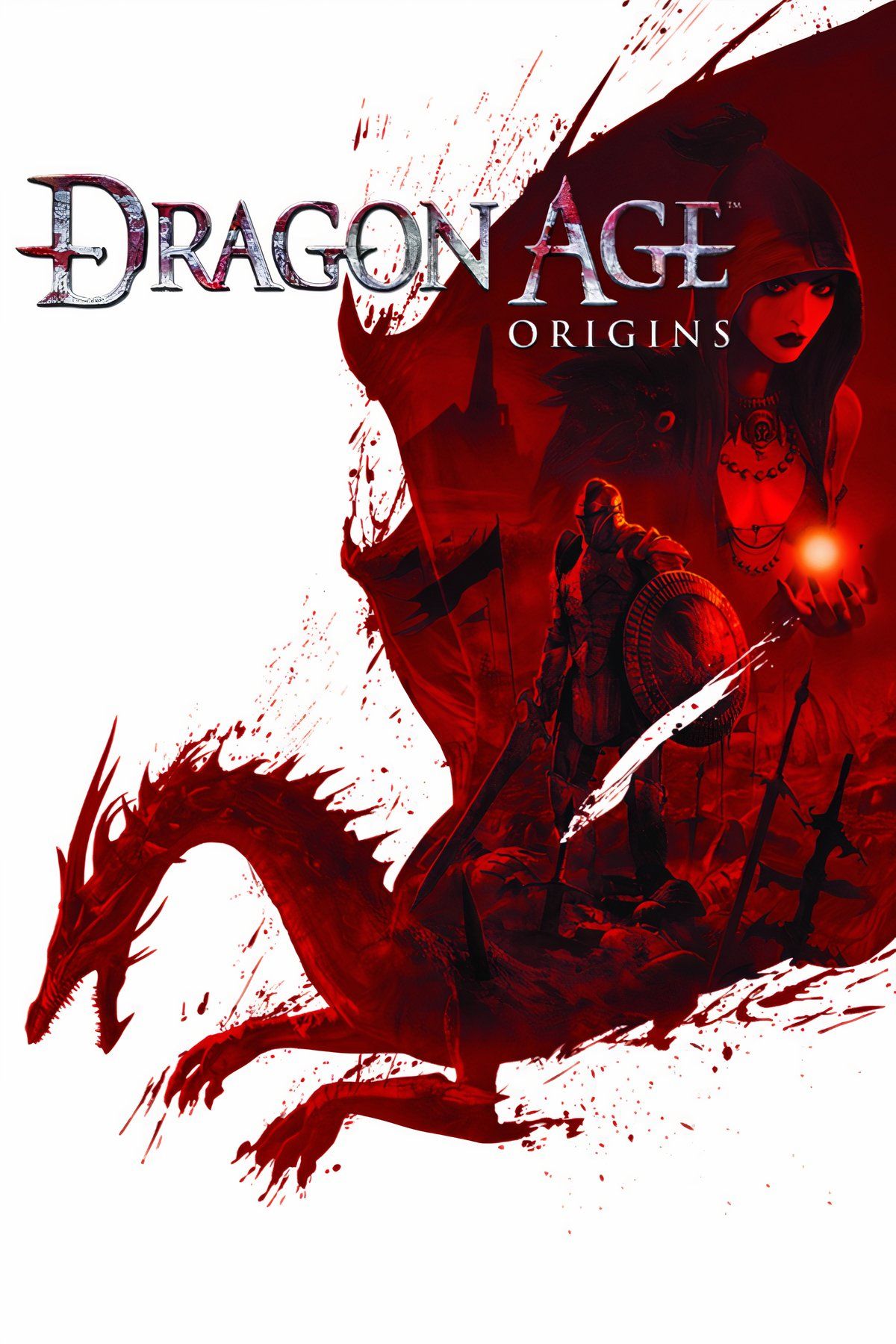
- M for Mature: Blood, Intense Violence, Language, Partial Nudity, Sexual Content
Released at a time when tactical Western RPGs no longer enjoyed the popularity they had reached in the 1990s, modernized the formula by blending dense storytelling with gameplay that remained reasonably approachable. BioWare itself labeled the game a spiritual successor to Baldur’s Gate, and the first Dragon Age shared many design ideas with that landmark PC title, reinforcing party management, tactical pauses, and meaningful dialogue choices.
Beyond its dark‑fantasy setting, the game devoted significant attention to how companions relate to one another and to the protagonist, making the process of forging friendships engaging. That focus on relationships, combined with pivotal choices and multiple endings, secured Dragon Age: Origins a lasting legacy, and years later it still ranks among the finest examples of the western role‑playing tradition.
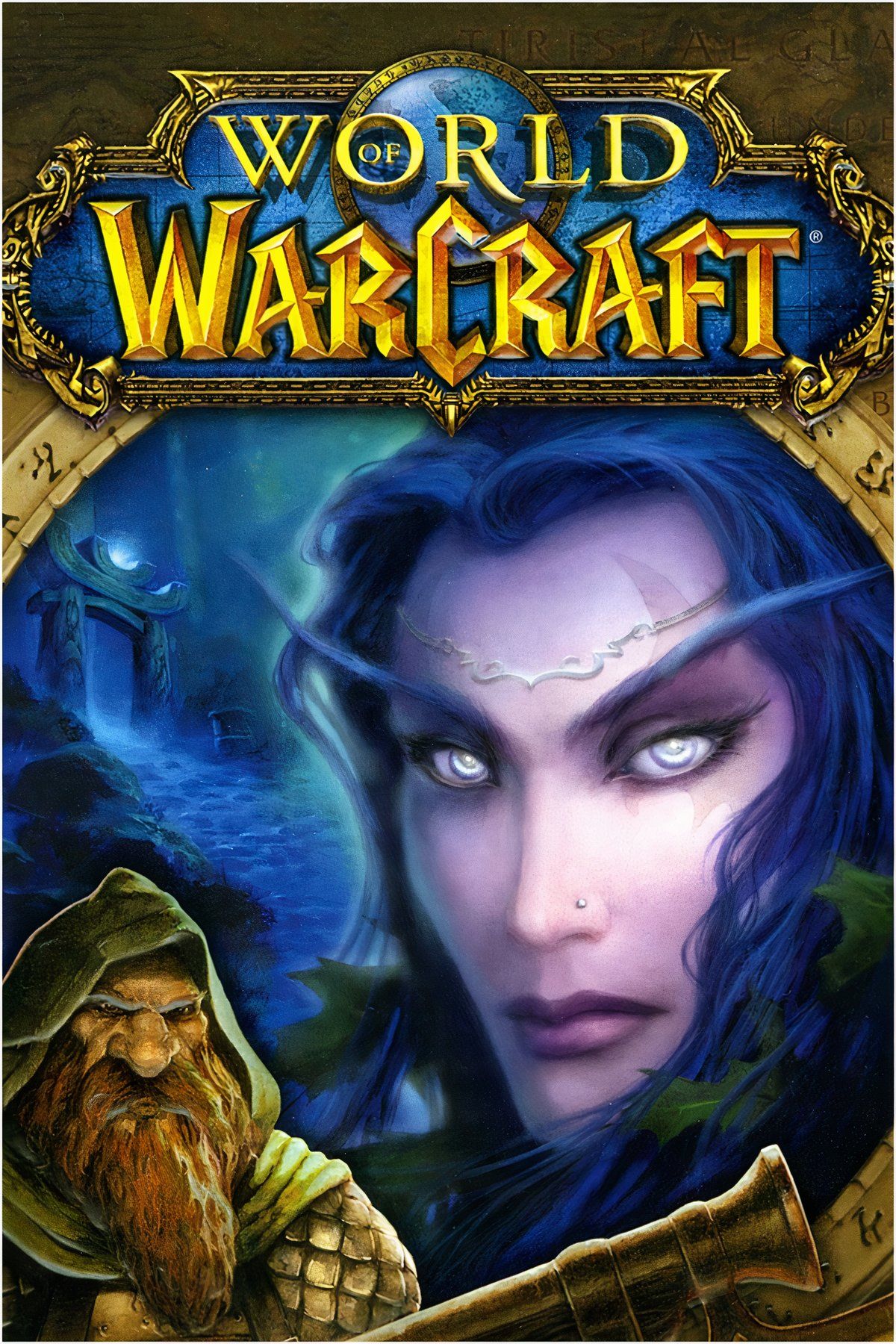
- T for Teen: Blood and Gore, Crude Humor, Mild Language, Suggestive Themes, Use of Alcohol, Violence (online interactions not rated)
Since its 2004 debut, revolutionized the MMORPG scenario and became one of its greatest phenomena, forcing every later release to reckon with its structure. The game refined lessons from earlier online games like EverQuest and Ultima Online, adding a quest‑driven progression system and instanced dungeons that prevented boss‑camping clashes, granting each party a private version of the challenge and streamlining access for casual adventurers.
With a vast stylized world, regular updates, and solid social systems, the game reached historic peaks of popularity that pulled the genre into the mainstream. By offering content for both casual and hardcore players, World of Warcraft set the gold standard for the field and remains widely cited as the most influential MMORPG ever made and one of the industry’s landmark titles.
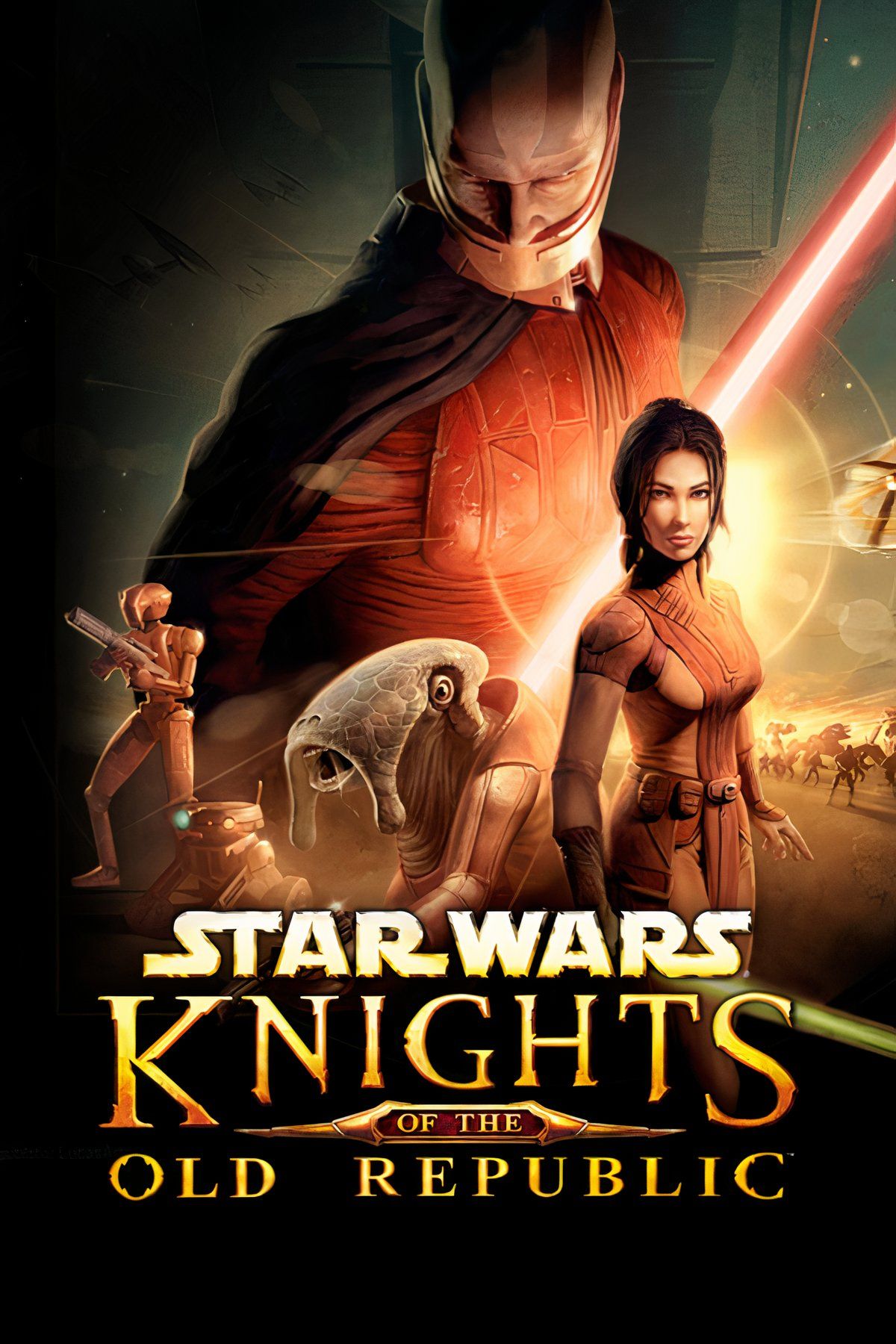
- T for Teen: Violence
Although multiplatform releases are common today, Western RPGs in the early 2000s were mostly limited to PC due to their steep learning curves, complex menus, and intricate controls. However, titles like Morrowind and began to shift that perception, finding success on consoles and proving that the genre could thrive on other platforms as well.

Related
8 Best Star Wars Games That Are Canon, Ranked
Games like Star Wars Jedi: Fallen Order and Republic Commando are not only enjoyable for fans and gamers, but also part of the series canon.
More importantly, Star Wars: Knights of the Old Republic left a lasting mark on the narrative direction of future RPGs. Its cinematic storytelling, polished cutscenes, and emotional tone set a new standard for the genre. The game also introduced charismatic companions with compelling backstories, influencing how party members would be written in later RPGs and helping pave the way for more immersive experiences.
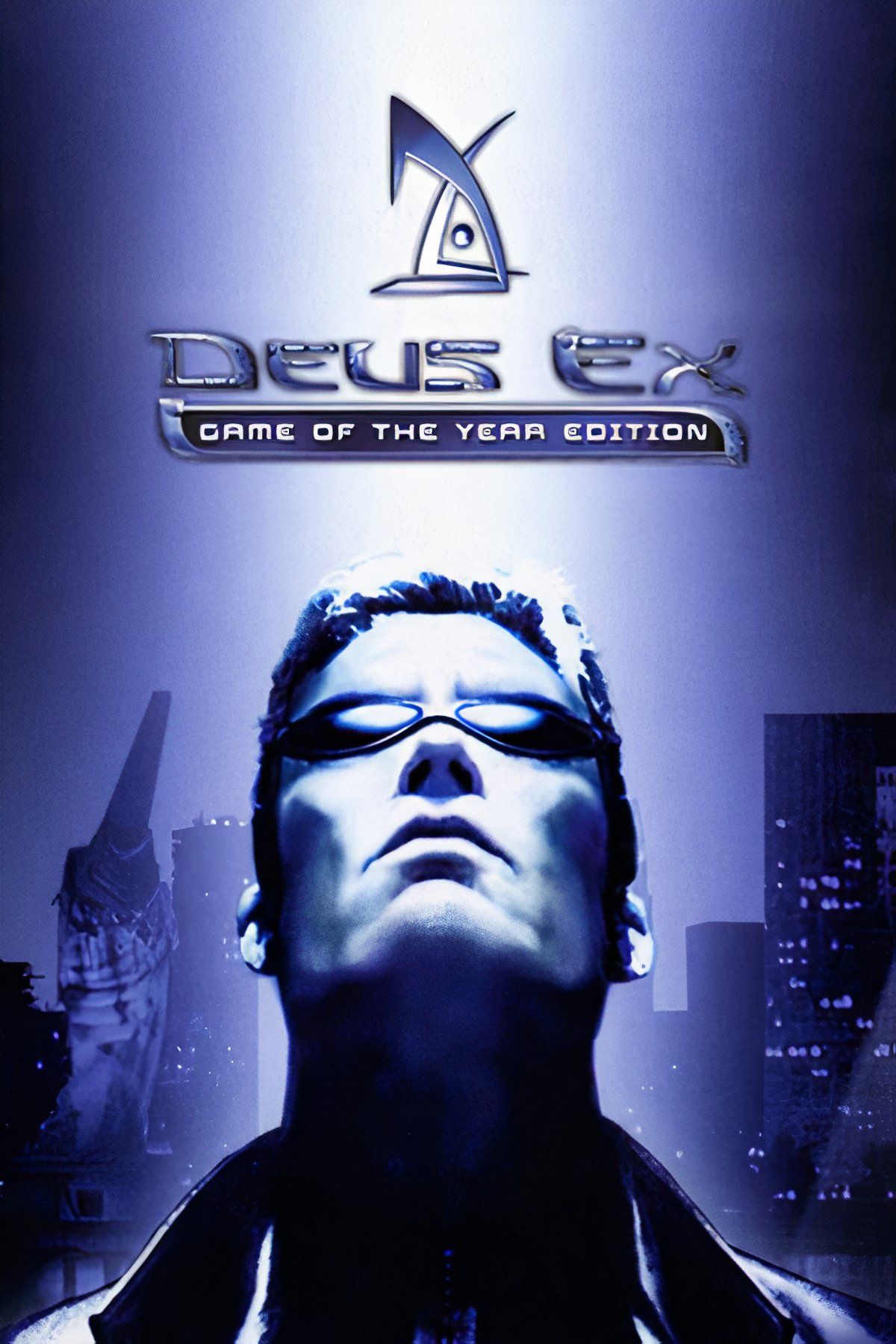
- M For Mature 17+ // Blood, Violence
Often cited among the finest role‑playing games, broke new ground by blending traditional RPG depth with mechanics common to first‑person shooters and stealth titles. Each mission allowed players to engage enemies directly, slip past security unseen, or hack systems remotely, and the design supported every approach naturally, rewarding creative experimentation and encouraging multiple playthroughs to explore alternative outcomes.
The game applied an open‑ended mission philosophy that demonstrated player choices need not be confined to dialogue trees; they could also govern how the action unfolds moment to moment. This mindset inspired the rise of the immersive sim, a subgenre that prioritizes systemic freedom and keeps a landmark reference for designers two decades later.
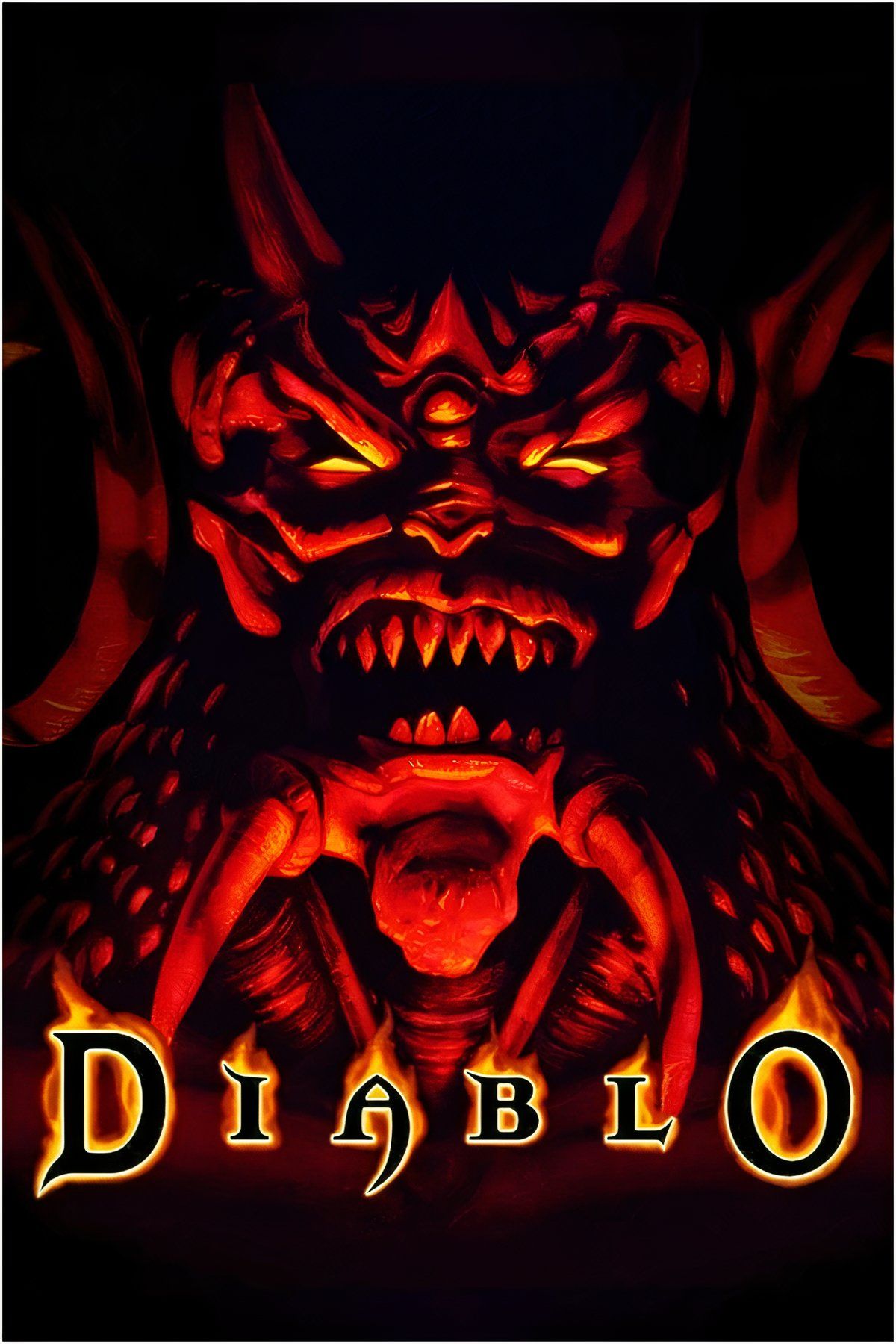
- M For Mature 17+ // Animated Blood and Gore, Animated Violence
Although it departs from the genre’s classic structure, the hack‑and‑slash gameplay of became the blueprint for the action‑RPG subgenre, influencing modern releases by pairing accessible combat with real depth. Its addictive loop, fast fights, dungeon exploration, and ever‑improving loot, have proven powerful for players worldwide today.
Even with the broader action‑RPG label, a separate category widely called a Diablo‑like now exists, borrowing gameplay elements and the isometric camera to recreate the same feel for newcomers and veterans alike. Countless modern games adopt its frenetic pacing, loot focus, and atmospheric perspective, validating how Blizzard’s title forged patterns that shape today’s genre staples and continue to guide fresh releases across platforms.
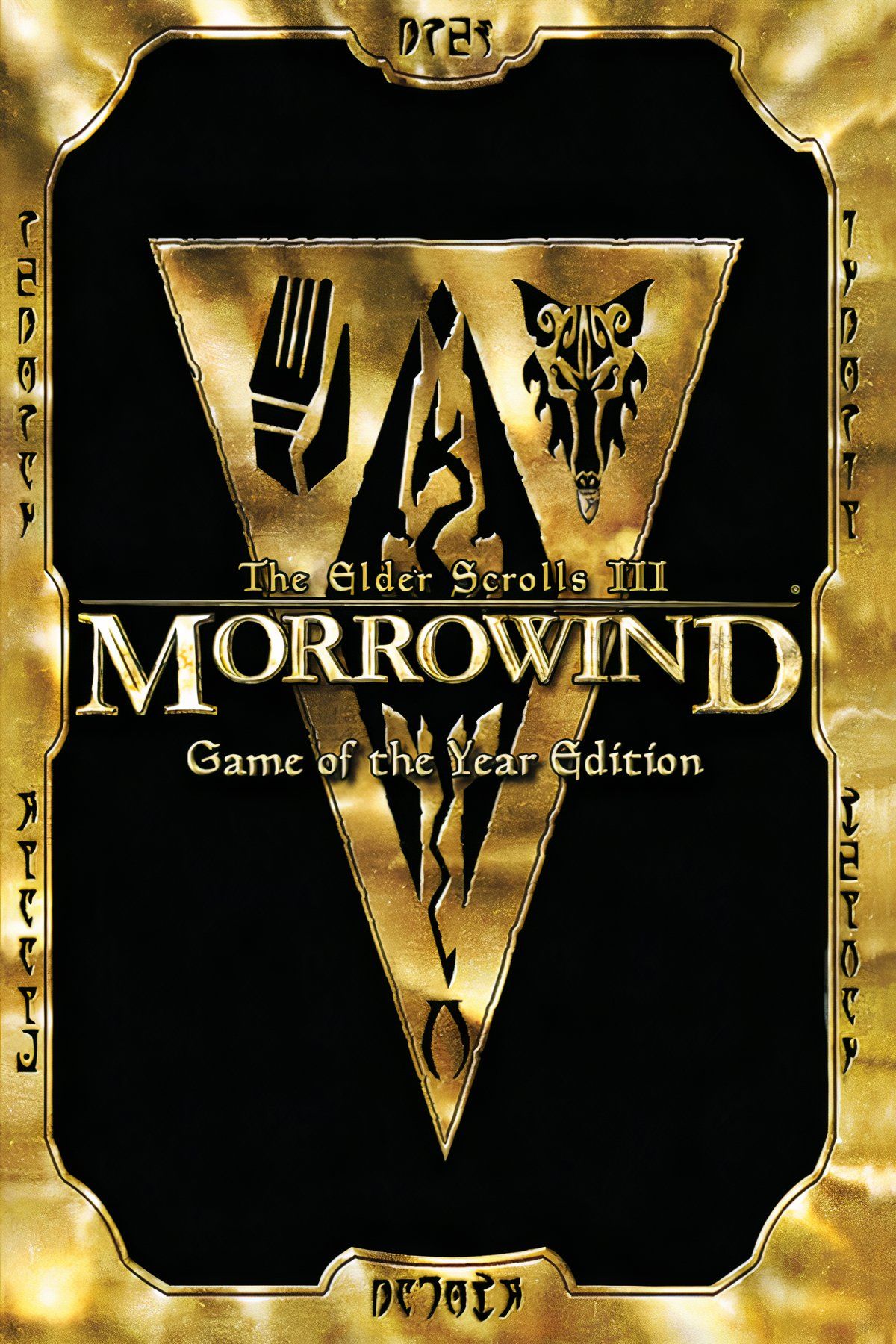
- T For Teen due to Blood, Violence
The 2002 release of represented more than a major expansion of The Elder Scrolls franchise; it reshaped design philosophy for Western RPGs and open‑world games alike. It granted unprecedented freedom, allowing players to complete quests however they wished, explore distant regions at will, or even ignore the central plot in favor of vast side content available from the opening moments onward.
Departing from the period’s common European‑medieval inspirations, the game presented a singular landscape filled with intricate factions and a subtle Lovecraftian vibe that still captivated adventurers. This bold aesthetic encouraged other studios to rethink settings and stories, pushing them to escape genre clichés and craft worlds rooted in distinctive cultures and narrative tones that feel fresh to this day for.
The first launched one of the genre’s most popular series and established design pillars many RPGs soon adopted, particularly its commitment to player agency. A robust moral‑choice system produced real consequences within the story, offering multiple paths to resolve the same conflict and proving that decision‑driven storytelling could coexist with deep character progression and strategic planning alike for fans.
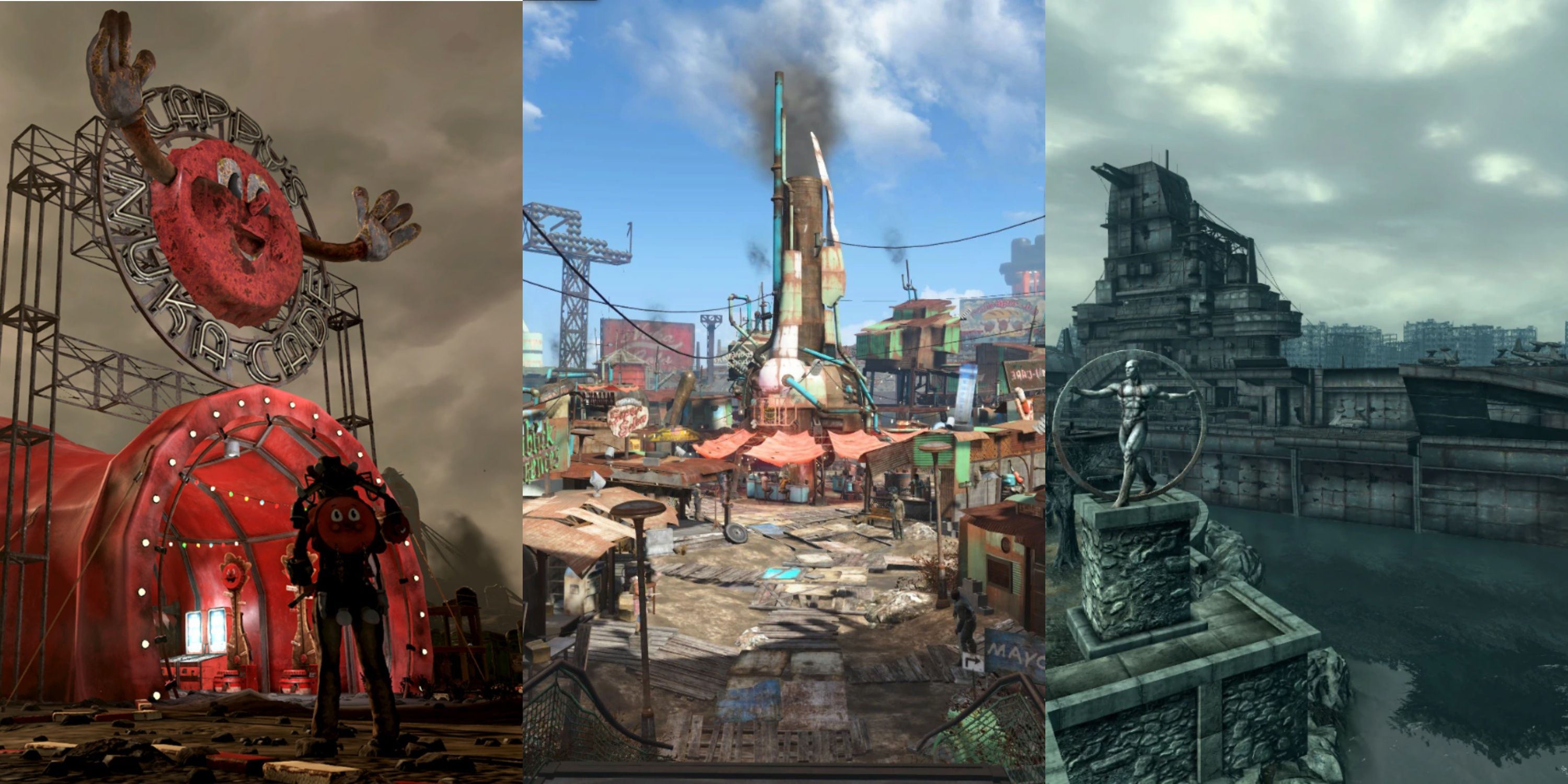
Related
10 Most Iconic Locations In Fallout, Ranked
From the unmistakable Megaton to the prosperous New Vegas Strip, these Fallout locations are inconic landmarks that are synonymous with the franchise.
That narrative focus and reactive world encouraged Western RPGs to deliver stories rich with branches that hinge on problem‑solving methods chosen by the player. The original game’s post‑apocalyptic setting also inspired numerous science‑fiction titles, showing developers how a devastated future could provide fertile ground for meaningful exploration, harsh survival themes, and innovative technology in gameplay and narrative alike across decades.
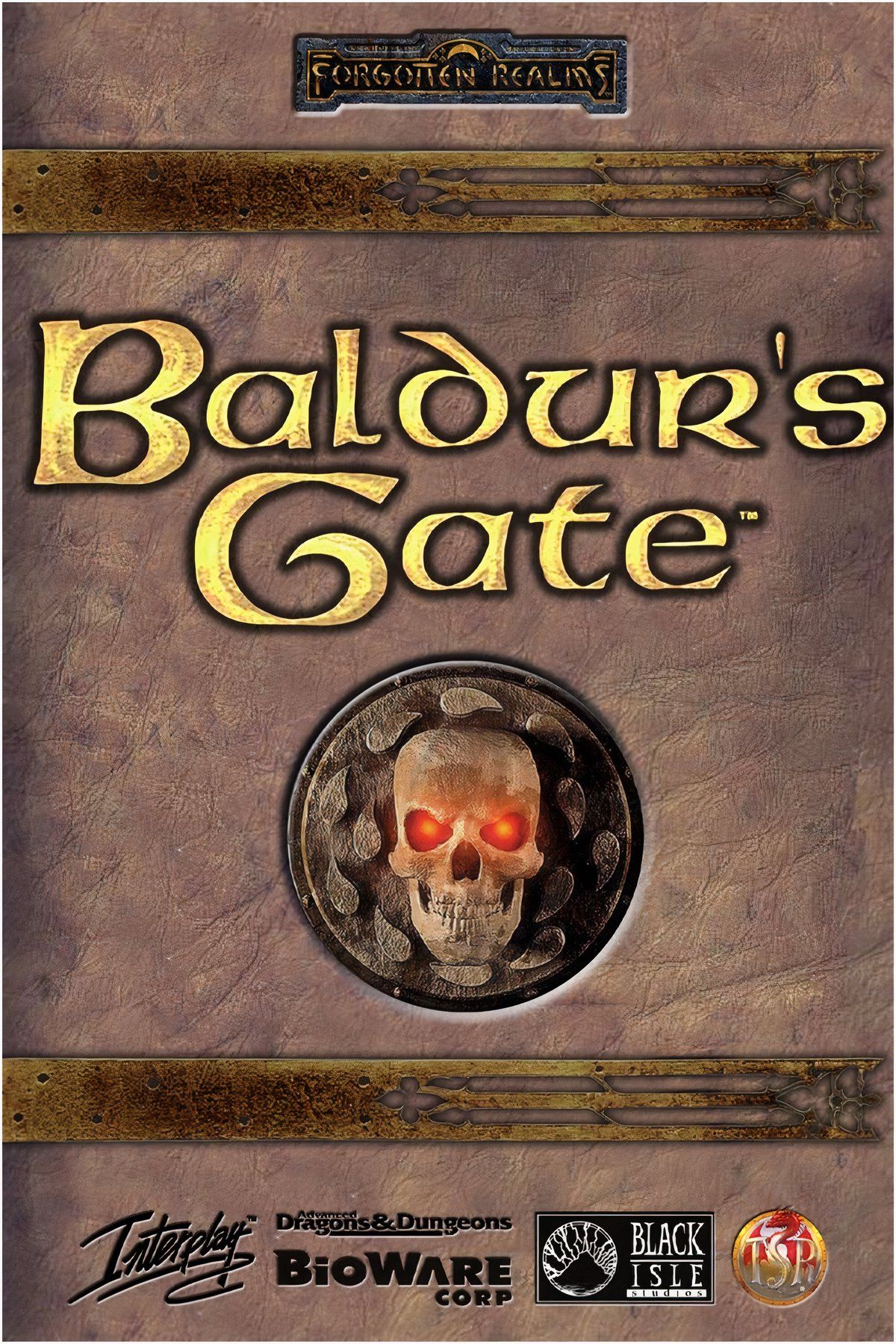
- T for Teen: Animated Blood, Mild Language, Use of Alcohol and Tobacco
The release of the original for PC marked a turning point in the video game industry, becoming one of the most influential Western RPGs in history. Its debut introduced the Infinity Engine, which powered other critically acclaimed titles such as Icewind Dale and Planescape: Torment, while also establishing BioWare as a leading force in the RPG genre.
However, the influence of Baldur’s Gate goes far beyond its technical achievements. Its rich storytelling, memorable characters, and branching dialogue helped shape a style of gameplay that many future titles would strive to replicate. Alongside Fallout, it also played a pivotal role in reviving the popularity of CRPGs, which had seen a decline during the 1990s.
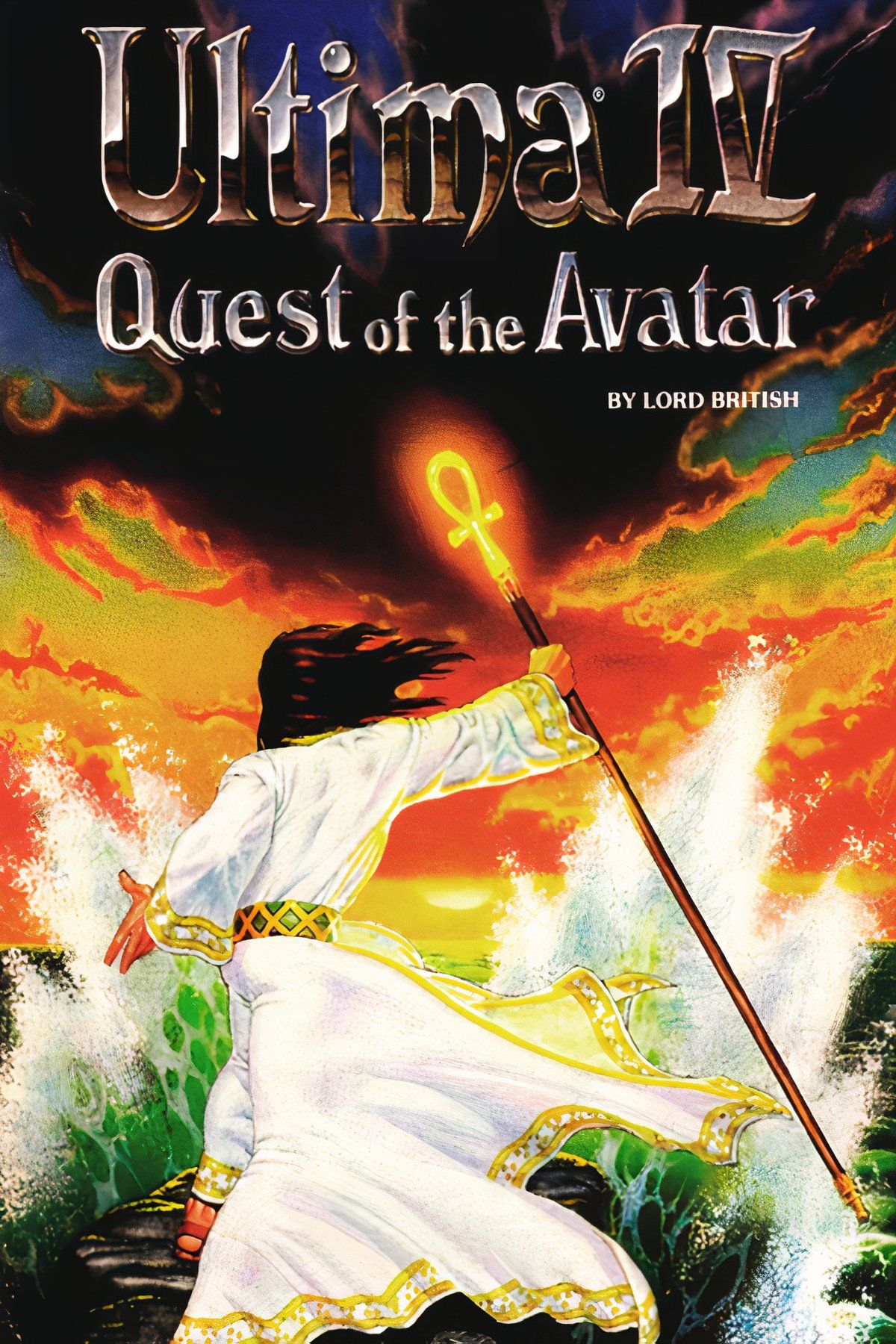
Released in the mid‑1980s, Ultima 4: Quest of the Avatar offered a nonlinear narrative and expansive open world packed with varied NPC dialogue, features groundbreaking at the time. The game set high standards for future releases, proving that player exploration and conversation systems could anchor role‑playing depth beyond simple combat loops for adventurous gamers.
The story revolved around the hero’s moral growth, as every deed affected eight distinct virtues tracked throughout the journey. Instead of defeating a villain, the primary goal was ethical enlightenment, a framework later titles expanded into karma systems and reputation meters, illustrating how narrative and mechanics align to examine character values within a game world in meaningful ways today.
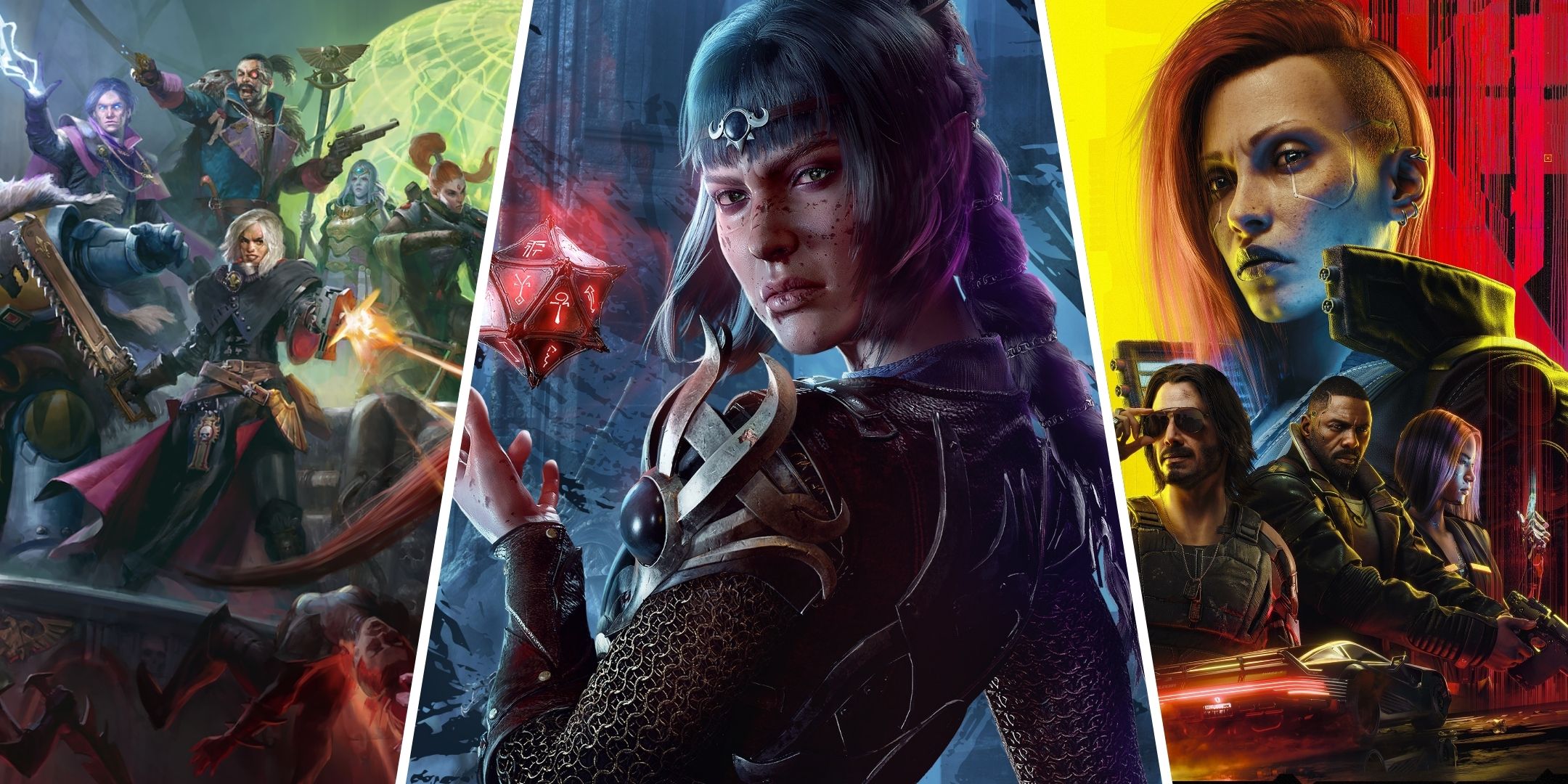
More
10 Best Licensed Games Based on Tabletop RPGs, Ranked
These are the best RPGs inspired by iconic tabletop systems, offering immersive combat and storytelling for players.
